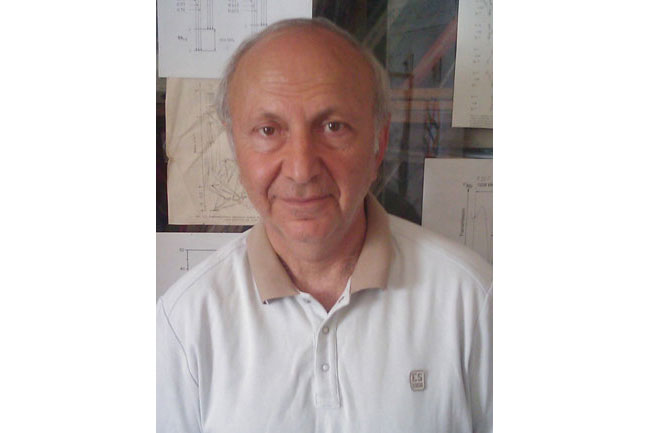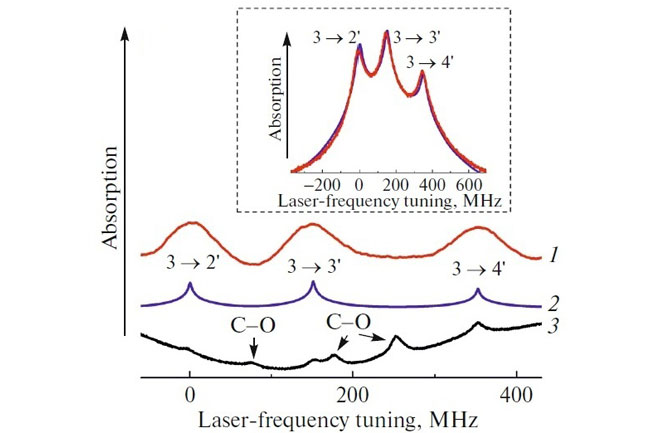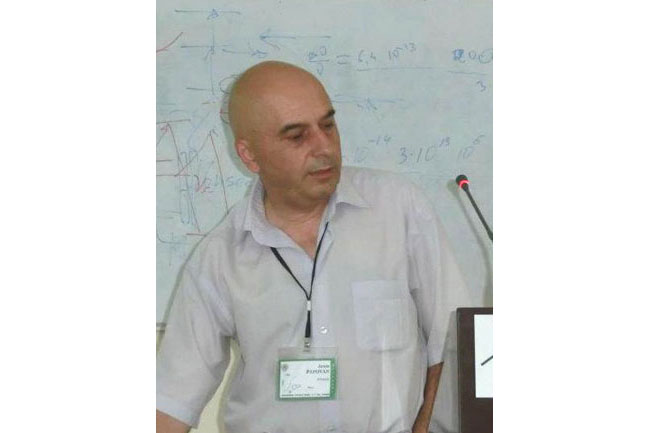| ||||||||
At the Institute for Physical Research of the National Academy of Sciences of the Republic of Armenia, the absorption and fluorescence spectra of a nanocell containing vapor of an alkali metal were recorded for the first time at room temperature, which is important for applications in comprehensive systems.
A nanocell consists of two sapphire plates, the distance between them is 1000 times smaller than the thickness of a hair. Atomic vapors of Cs are located in such thin thicknesses. As a result of the thermal motion of the atoms, there is a huge broadening of the resonant transitions of Cs (Doppler phenomenon). The most common sub-Doppler method existing in laser spectroscopy is the saturation absorption (SA) method, which, however, according to David Sarkisyan, has a drawback, because "additional" transitions are observed in the spectrum
besides atomic resonance transitions. "The intensities of the atomic transitions formed by the saturation absorption method do not correspond to the real intensities of these transitions given in the literature. In contrast to SA method, purely atomic resonance transitions are recorded in the absorption or fluorescence spectra of the nanocell, and their intensities exactly match the real intensities of the transitions reported in the literature. Therefore, the nanocell can be used as a frequency marker for atomic transitions. In this work, it has been shown that increasing the sensitivity of the photo-receiver allows the nanocell to be used at room temperature," said David Sarkisyan.
The research was carried out within the framework of the basic funding of the Institute for Physical Research of the National Academy of Sciences of the Republic of Armenia.The results of the research were published in the scientific journal JETP (A.Sargsyan, R.Momier, A.Papoyan, D.Sarkisyan, Journal of Experimental and Theoretical Physics 133 (4), 404-410 (2021)).
"Following the downloads of this work from the website, it can be seen that the work has arisen a great interest among foreign scientists," said David Sarkisyan.
The participants of the working group are Armen Sargsyan, Aram Papoyan, David Sarkisyan, researchers of the Institute for Physical Research of the National Academy of Sciences of the Republic of Armenia, Rodolphe Momier, a PhD student of the University of Burgundy, France. |
General Page - About Academy - Divisions - Organizations - Members - Contact us - COVID-19 - Structure - Presidium Members
Documents - Innovation Proposals - Publications - Funds - Conferences - Competitions - Photogallery - Videogallery - Web Resources
Other Academies - "Gitutyun" newspaper - "In the World of Science" Journal - Publications in Press - Notices - Anniversaries - Universities - News
Scientific Results - Diaspora Department presents - Young Scientist Tribune Our Honored Figures - Announcements - Lindau
Sitemap - Search
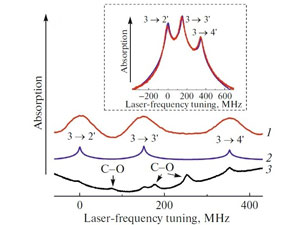
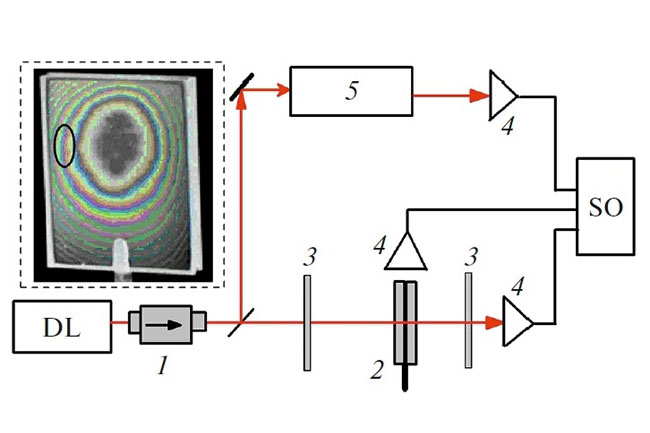 "The practical significance of the work is great, as it allows studying many features of optical phenomena at room temperature of 200C. Before that, the nanocell was heated to 1200C. The nanocell can be used in the research of the influence of external magnetic fields on atoms in the range of 10-10000 Gs, moreover, it is possible to measure both homogeneous and highly inhomogeneous external magnetic fields," said David Sarkisyan, the head of the Atomic Spectroscopy Laboratory of the Institute of Physical Research of NAS RA, doctor of physical –and- mathematical sciences.
"The practical significance of the work is great, as it allows studying many features of optical phenomena at room temperature of 200C. Before that, the nanocell was heated to 1200C. The nanocell can be used in the research of the influence of external magnetic fields on atoms in the range of 10-10000 Gs, moreover, it is possible to measure both homogeneous and highly inhomogeneous external magnetic fields," said David Sarkisyan, the head of the Atomic Spectroscopy Laboratory of the Institute of Physical Research of NAS RA, doctor of physical –and- mathematical sciences.